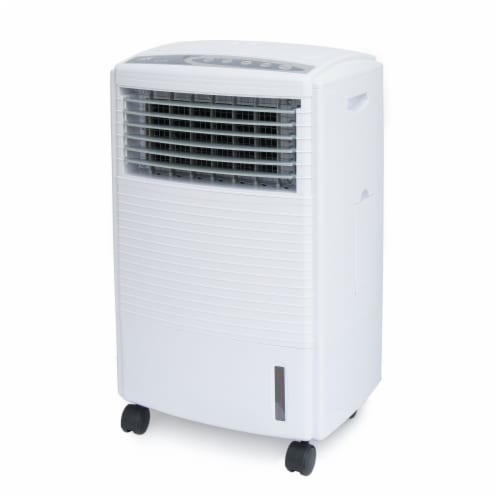| Usage/Application | Industrial |
| Color | Blue |
| Cooler Body Material | Fiber |
| Standard Width | 600 mm |
| Standard Depth | 300mm |
| Standard Height | 1000 mm |
Blue Evaporative Cooling Pad
As a professional OEM Blue Evaporative Cooling Pad supplier and ODM Blue Evaporative Cooling Pad company, The evaporative wet curtain produced by the company has good water absorption and ventilation, strong cooling ability, long service life, and sterilization and algae prevention functions. It has been successfully applied in industrial plants with high-temperature operations such as evaporative air conditioners, evaporative cooling fans, humidifiers, animal husbandry, the greenhouse industry, the textile industry, hardware, as well as in public places such as shopping malls, internet cafes, supermarkets, etc., which can effectively improve indoor air quality, To prevent the spread of diseases caused by the use of air and truly achieve green environmental protection, energy conservation and emission reduction.
-
In the hot summer, evaporative air coolers (commonly known as eco-friendly air conditioners or water-cooled fans) have become the preferred cooling equipment for many industrial plants, commercial spa...
READ MORE -
An evaporative cooling pad, commonly known as a wet curtain, is a core component of modern high-efficiency cooling systems. Whether used in agricultural greenhouses, livestock sheds, or industrial pla...
READ MORE -
In the sweltering summer, evaporative cooling fans are often a popular choice when looking for economical and efficient cooling solutions. How Evaporative Cooling Fans Work To understand their perform...
READ MORE
How does the Blue Evaporative Cooling Pad achieve evaporative cooling?
1. Material properties
Water absorption capacity: Cooling pads are usually made of fiber materials with good water absorption, such as polyester or other synthetic fibers. These materials can effectively absorb and retain water, ensuring that the cooling pad is always moist.
2. Water replenishment
Water pump system: There is usually a water pump above the cooling pad, which is responsible for delivering water to the top of the cooling pad. The water flows through the pipe to the surface of the cooling pad and is evenly distributed to keep it moist.
3. Air flow
Fan or natural ventilation: The process of air passing through the cooling pad relies on fans or natural ventilation. When the fan is running, air is sucked in and forced to flow through the wet cooling pad, enhancing the contact between air and water.
4. Evaporation process
Heat transfer: When air contacts the wet surface of the cooling pad, the heat in the air is transferred to the moisture in the cooling pad. This process causes the moisture to evaporate. Evaporation is an endothermic process, that is, the water absorbs heat from the surrounding environment during the process of changing from liquid to gas.
Lowering Temperature: As the water evaporates, the heat in the air decreases, causing the air temperature passing through the cooling pad to decrease.
5. Cool Air Release
Cool Air Output: The air treated by the cooling pad is delivered to the required space, such as a greenhouse, livestock building or other industrial environment. This cooled air can effectively reduce the temperature in the space, improve comfort and environmental quality.
6. System Efficiency
Environmental Factors: Cooling efficiency is affected by many factors, including air humidity, temperature and airflow speed. Evaporative cooling is more effective in high temperature and low humidity environments.
Maintenance and Use: Regularly check the cleanliness of the water source and cooling pad to ensure that the system is operating effectively.
7. Application Scenarios
Agriculture: Used in greenhouses to maintain a suitable growing environment.
Animal Husbandry: Helps reduce heat stress on animals in livestock buildings and improves production efficiency.
Industry: Provides cooling solutions for equipment and workers in some industrial sites.
 CONTACT US
CONTACT US English
English 中文简体
中文简体 عربى
عربى Tiếng Việt
Tiếng Việt












